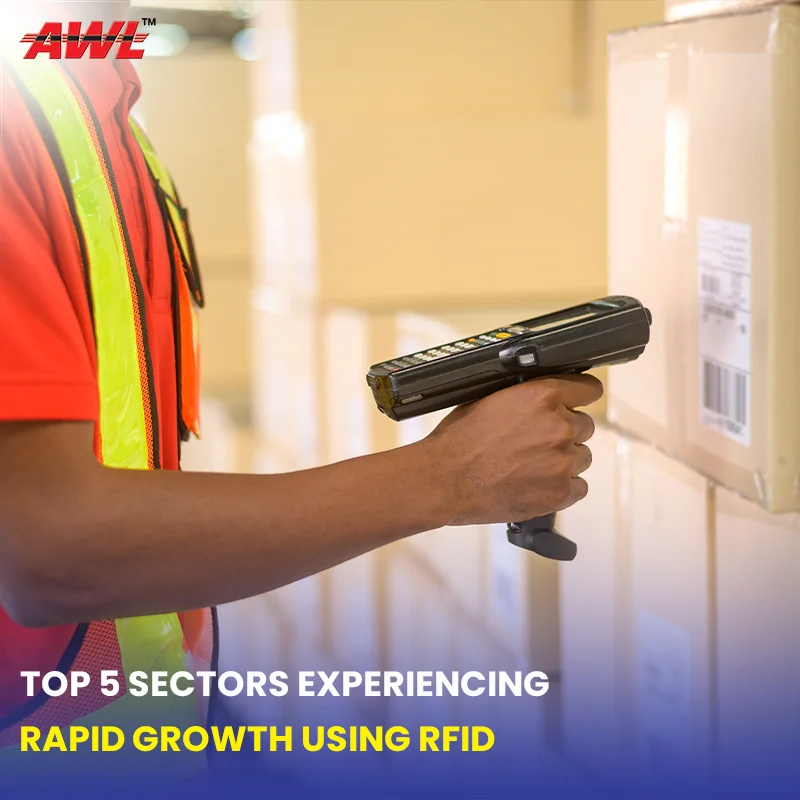

Order fulfillment is the process of receiving things, processing them, and eventually delivering them to customers. The process begins when a customer puts in an order and ends when they get it. Order fulfillment will manage the return transaction if the buyer decides to return a product. Order fulfillment may be a costly and time-consuming procedure. Some businesses handle order fulfillment in-house, while others outsource it to a third-party logistics company or 3PL. AWL India is one such logistics company that enables businesses to gain a competitive edge over the market competition by providing them with best-in-class 3PL logistics solutions.
Order fulfillment is a subset of the overall supply chain operation. Mainly, there are four types of Order fulfillment types that are as follows:
The in-house order fulfillment concept involves a firm managing fulfillment operations using its own employees. Employees oversee all stages of the fulfillment process on-site at a company-controlled location, including product storage and transportation. In-house fulfillment is perfect for established businesses that desire complete control over the whole process. Some home-based businesses, particularly those with modest order quantities, begin by adopting in-house fulfillment as a low-cost option. Many businesses transition to outsourced or mixed fulfillment operations when they exceed their original location.
When a third-party logistics (3PL) or order fulfillment organization handles the shipment, storage, and order/refund processing, it is referred to as outsourced order fulfillment. Companies or individuals that do not have adequate storage space may choose for this option. 3PL employees oversee the whole order fulfillment process, from receiving items from producers to delivering orders to the ultimate customer. Companies that employ outsourced fulfillment do not need to invest in their own warehouse facilities because inventory is held in a warehouse operated by the 3PL.
Dropshipping is similar to outsourcing in the sense that no inventory is necessary. The shop does not keep the items it offers in stock. When a product is sold, the retailer purchases it from a third party. The supplier might be a manufacturer or a firm that purchases products from manufacturers and resells them to drop shippers. All orders are handled by the provider and sent to your consumers. You are only charged for the things that you sell. This is a frequent choice for e-commerce and startup shops.
A hybrid fulfillment model is utilised by a company that uses a combination of the order fulfillment options listed above. For example, a company may handle some orders in-house, such as bespoke products or items that must be built before shipping, while using dropshipping services for non-custom items. Dropshipping is used by certain businesses for things that are seldom purchased or that they do not want to store in-house, such as large or pricey commodities. This is appropriate for businesses that want greater flexibility or are experiencing significant growth.
Implementing order fulfillment can be a challenging task at times. Business face complex challenges while implementing the order fulfillment process. However, AWL India provides you with optimum supply chain solutions ranging from inventory management to warehouses, below are some of the best order fulfillment practices provided by AWL India:
Running out of goods is an easy method to turn away clients. Companies that achieve ideal inventory levels will not have to worry about losing consumers to competition due to stockouts.
Knowing the demand for the things you sell is crucial. You won't risk overstocking this way (which can be just as costly as understocking). Demand shaping, which involves utilising marketing and promotions to build demand, can also help with this.
The delivery procedure is as crucial as, if not more significant than, the transaction itself. You must assure the shipping methods, quickness, and care with which your items are delivered to your clients. Otherwise, you risk having products arrive late, damaged, or missing, which can harm your reputation and sales.
Despite the greatest planning, inventory runs out, especially amid unanticipated increases in demand. When demand depletes your inventory, you must be able to supply it as soon as possible. It is critical to select manufacturers who can rapidly fulfil your requests. AWL India offers some of the best 3PL logistics solutions that help your business in gaining a competitive edge over your competitors.
There is no single fulfillment procedure that is suitable for all businesses. Whether you want to outsource to a third-party logistics provider or employ a hybrid warehouse fulfillment model, the important thing is to discover the correct method that satisfies your company's demands along with the expectations of your consumers. The objective is to simplify your fulfillment procedures so that your clients are satisfied and your bottom line is not affected.

